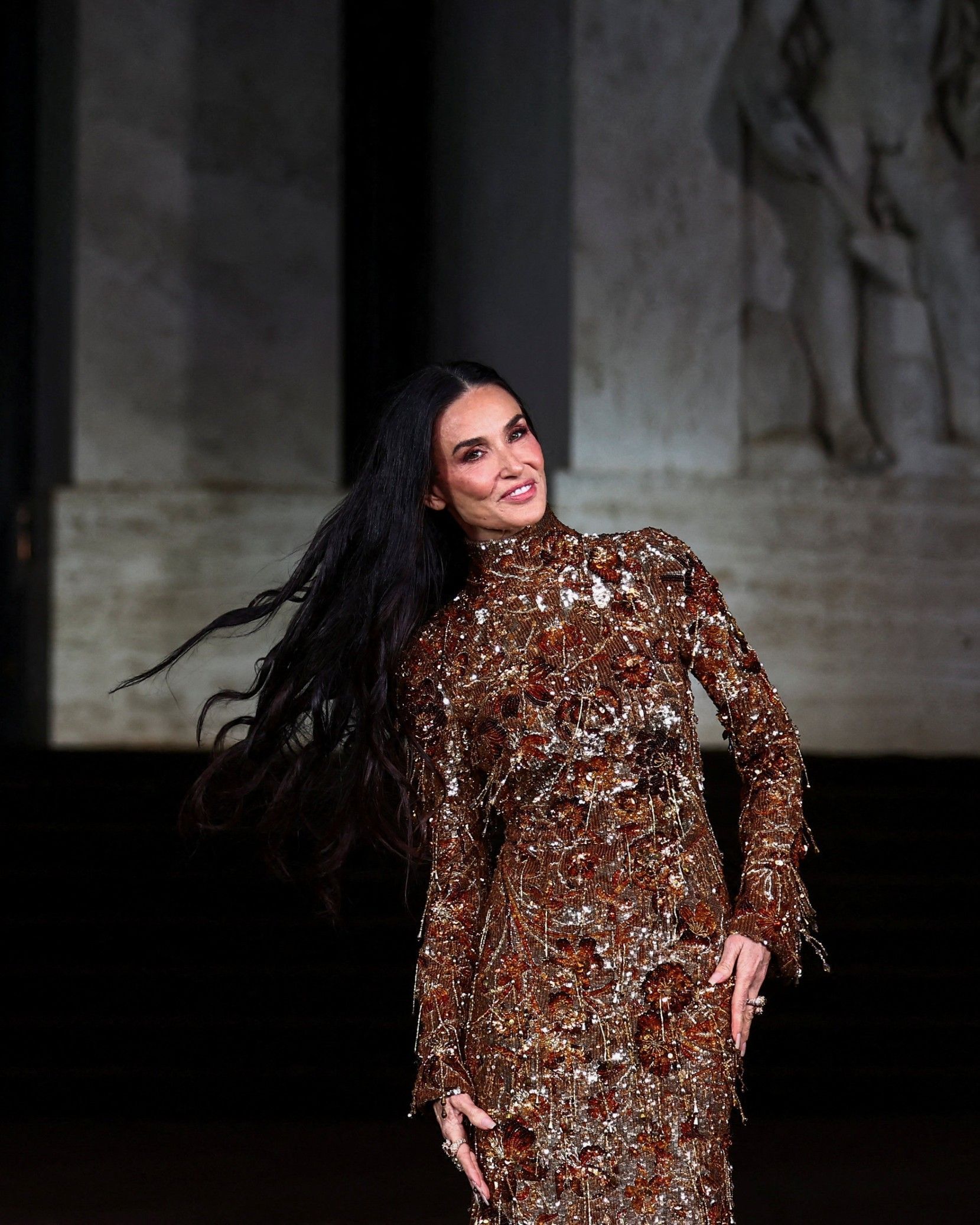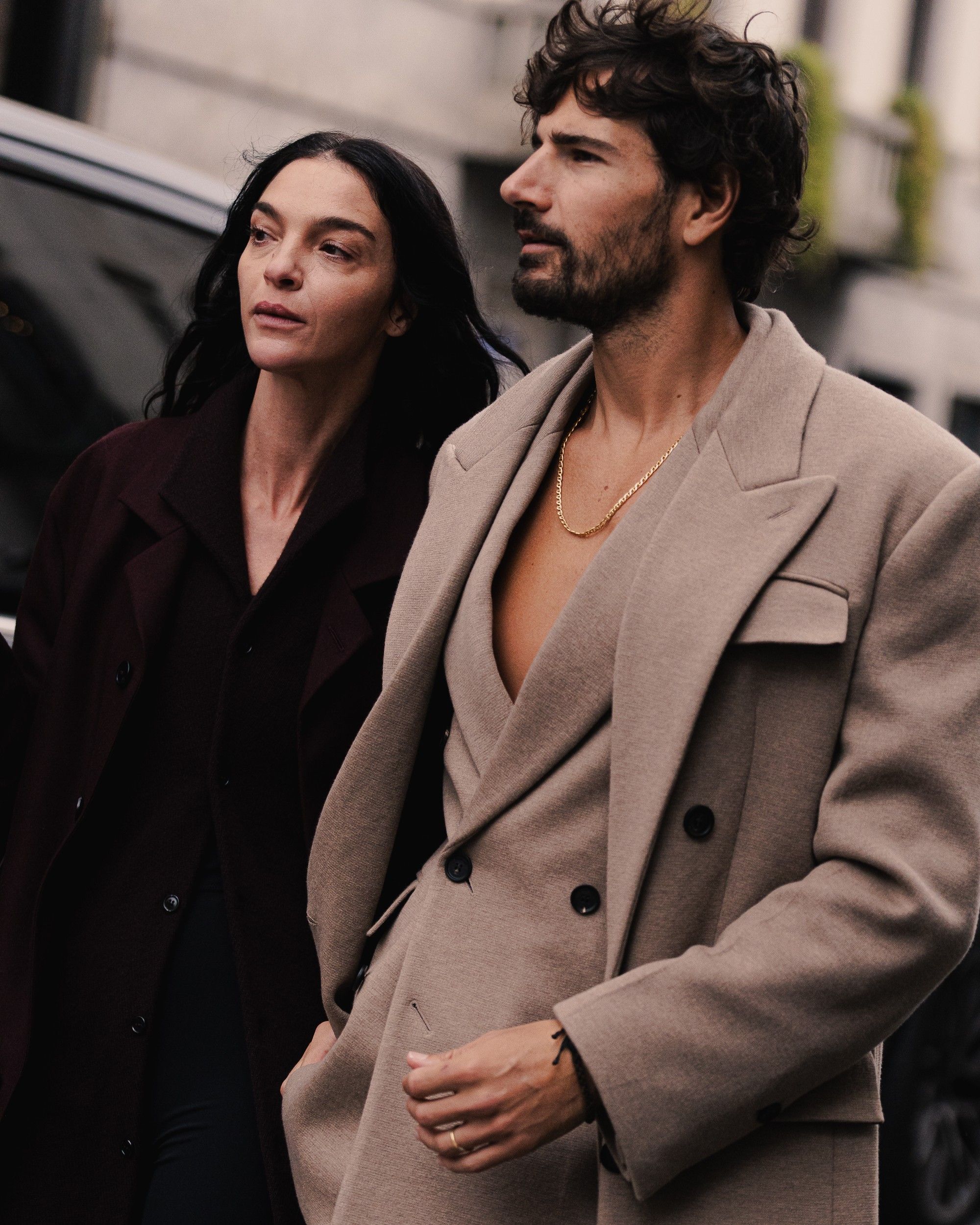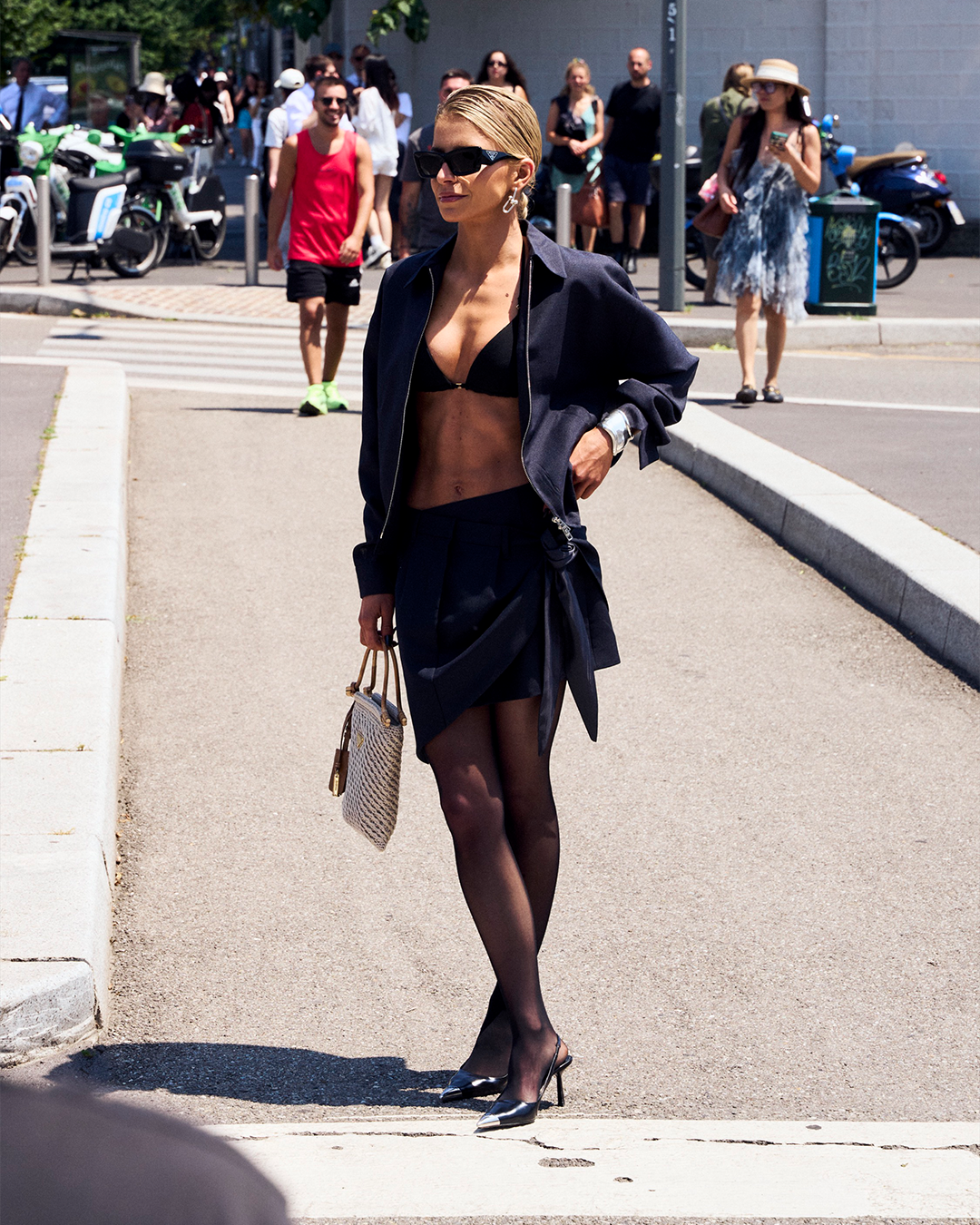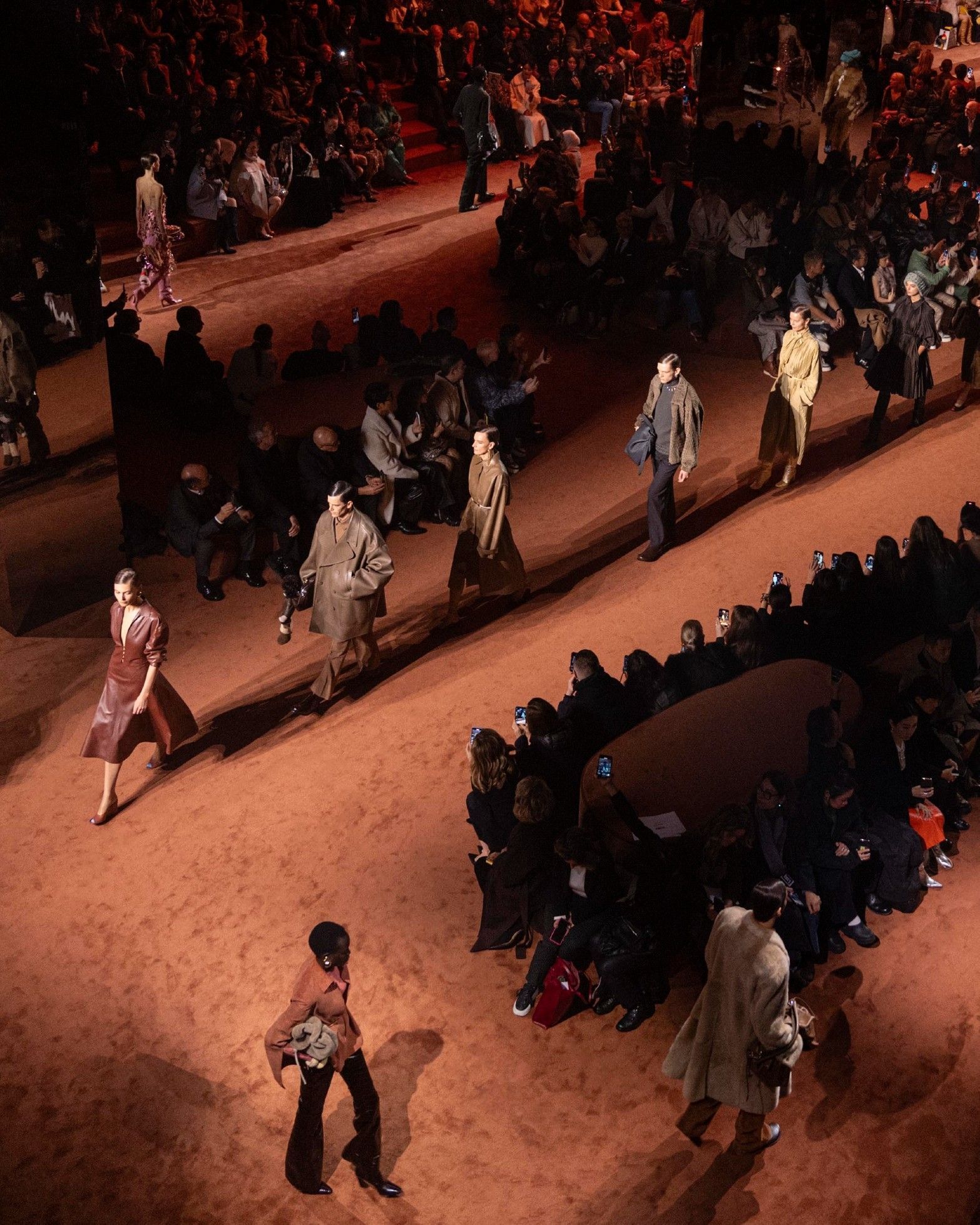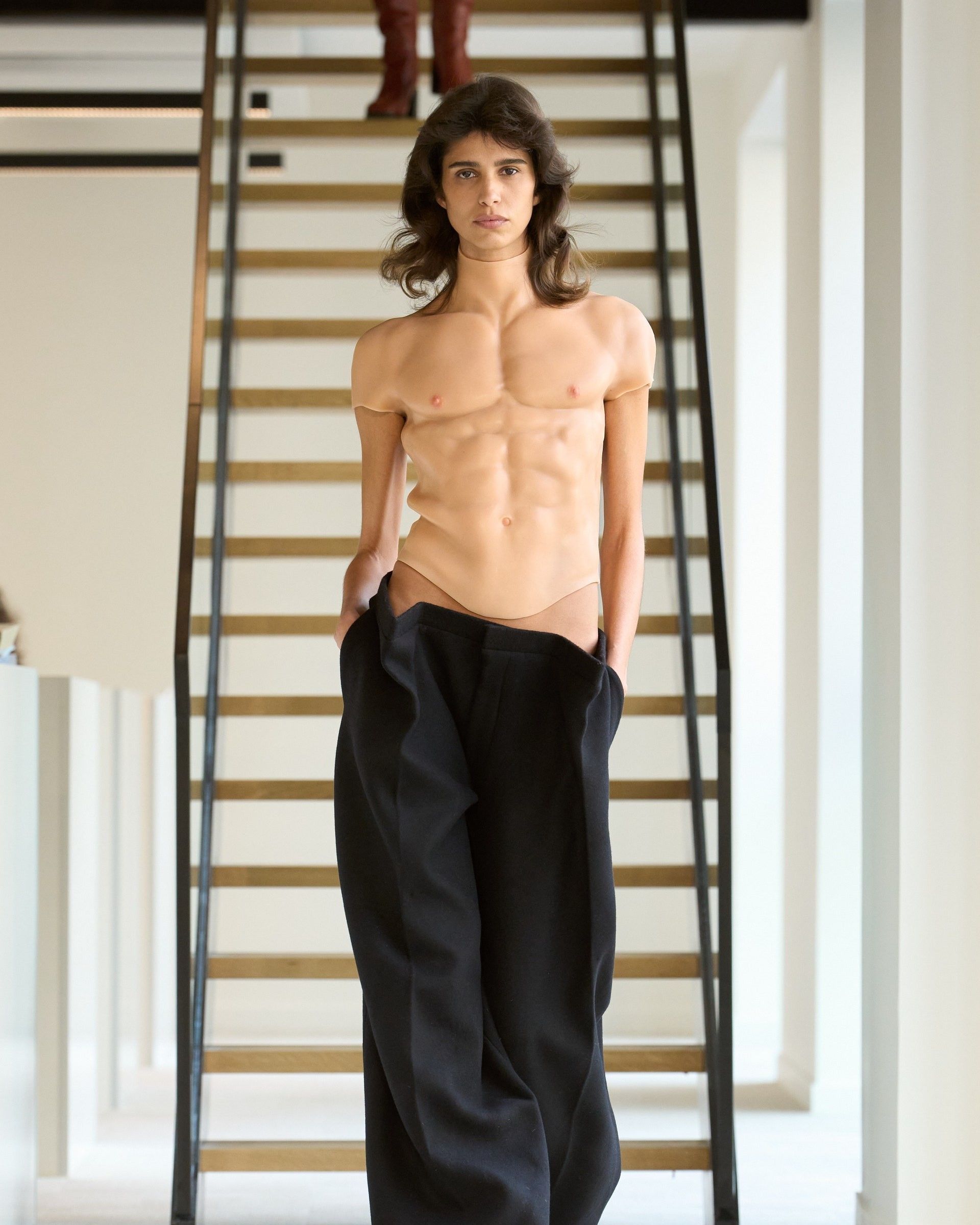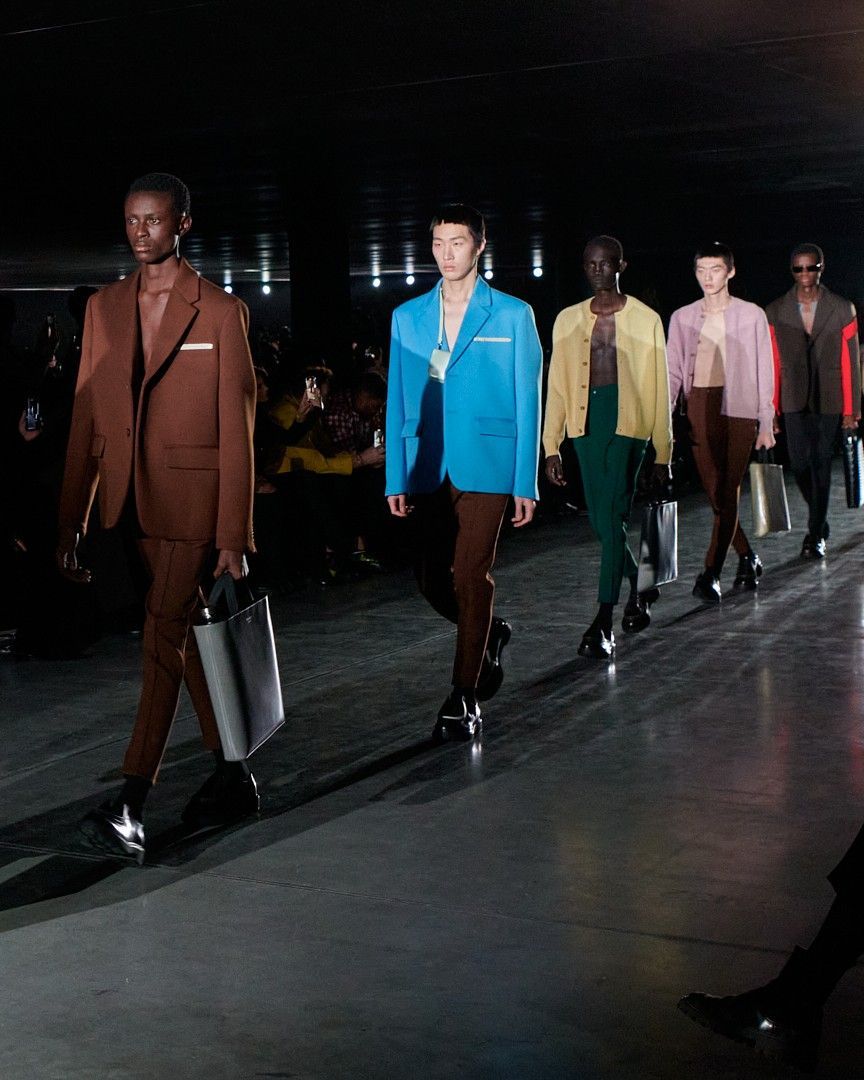
Does Milan Fashion Week really need an extra day? To be fair, there would already be one completely unused
There was quite a bit of discussion this weekend about the statements made by Carlo Capasa, president of the CNMI, at the end of the classic conference presenting the programme of the incipient Milan Fashion Week. «We can no longer find slots for the shows, there is an insane density», Capasa said. «We are talking to other fashion weeks to have an extra day at the beginning of the week».Indeed, this year's Milan Fashion Week will be very busy: 62 physical shows and 72 presentations in five days - by comparison, Paris will have nine with just five more shows and far fewer presentations. Capasa's assertions are actually correct: the total overcrowding of the fashion week calendar leads, almost programmatically, to overlaps and delays with shows starting an hour later than planned, various VIPs and celebrities showing up at their appointed times, and a huge number of events that make the fashion week rounds more like a headlong rush. Even Copenhagen Fashion Week recently added a day to its schedule, which, however, taking place in the summer, did not involve huge strategic manoeuvres. But then, do we really need an extra day?
The unused days of programming
@cameramoda Behind the scenes of Milano Fashion Week Campaign for the Women’s Spring/Summer 2024! (Sept 19-25) Follow us for all the updates on #MFW ! #behindthescenes #dietrolequinte #italianfashion #fashiontiktok #milanfashionweek #milanofashionweek #TikTokFashion #FashionMonth #foryoupage (It Goes Like) Nanana - Edit - Peggy Gou
When one opens the Milan Fashion Week calendar compiled by the CNMI, it is hard not to notice that on paper there are seven days, but those actually dedicated to live meetings are only five. So what happens on those two 'empty' days? The first is dedicated to Milano Moda Graduate and the inauguration of the CNMI Fashion Hub, two important events for emerging designers and brands, while Monday the 25th is dedicated to digital shows. With a pinch of cynicism, however, we could almost say that very few people actually watch those digital shows, effectively making them the tail end of a very stressful week and the protagonists of an interlude day that, for almost the entire industry, represents the day of respite during which to travel to Paris for the next fashion week. In short: the extra day invoked by Capasa already exists and, considering how the first day is already dedicated to emerging designers and occupied by only two events, perhaps it would be enough to move the digital shows to the first, more interlocutory day, and effectively use the last day that the Milan schedule already has available by decompressing the rest of a schedule that is already packed to the rafters and that in some cases includes shows that can be serenely transformed into a classic presentation.
Does Milan Fashion Week have shows to spare?
This is perhaps the most risky question one can ask. Looking at the full calendar of the next edition, it is not difficult to notice a good number of shows that arouse only partial interest. It is clear that in the case of new emerging designers, the opportunity to be able to show their creations is something fundamental, and that after all, the myth of the fashion week is based precisely on those who manage to gain access to the show schedule to present their creations. Nonetheless, the difference between high-profile media events and other, more independent appointments has made itself felt this year: two days ago, for example, Francesca Liberatore announced (with great maturity, we might say) that she was giving up her Sunday slot, squeezed between the Armani show and the Sustainable Fashion Awards red carpet, to show off the calendar on Tuesday 19 September - the very first official but unofficially empty day of fashion week. The stated reason is simple: «My priority is to allow the public of journalists, photographers and enthusiasts to be physically present and enjoy the experience produced by the work of months of an entire Made in Italy supply chain».
In other words, and expressing all possible appreciation to Liberatore for the lucidity of his choice, which certainly will not have been easy, the problem lies right here: between the Armani show and the Sustainable Fashion Awards, many journalists and guests would simply not have turned up. It is certainly no mystery that many members of the press and industry insiders care a great deal about the shows of the big names while openly neglecting other independent designers according to an implicit but well guessed evaluation system whose existence is the proverbial open secret. It is clear that at this point it is difficult to understand who has the right of precedence: faced with the presence of a series of shows that, to put it bluntly, no one cares about, is it up to the CNMI to establish what should be a fashion show and what should be a presentation? Or is it up to independent designers themselves, like Liberatore, to give way to international mega-brands when the schedule turns against them? In a world where shows are more media events than clothes exhibitions, which brands' shows are really necessary? Above all, is it fair that an independent Italian designer should have to show off the calendar, giving up the platform of Milan Fashion Week which, at least in theory, exists precisely to promote her? And won't the schedule itself also be overflowing with extra-fashion show projects and events only to be forgotten a few hours later? However, we can only ask questions, we cannot provide the answers.











































